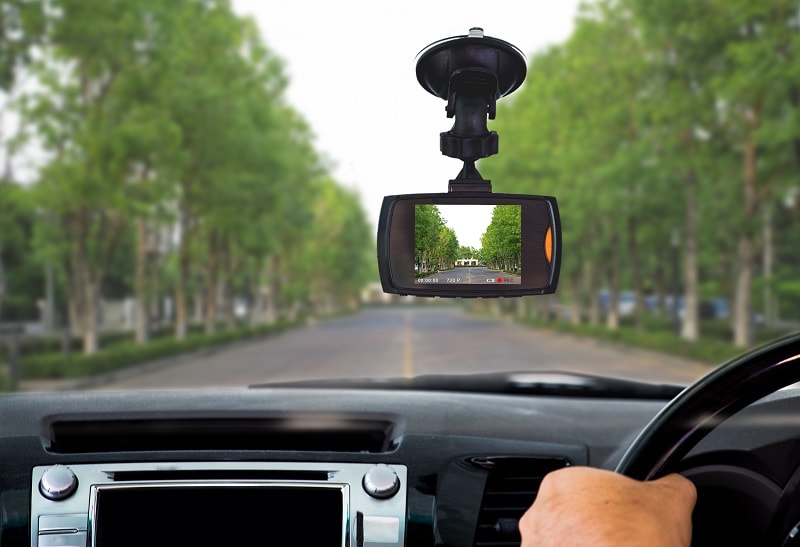
Disputes often arise after car accidents. In order to solve them you need to recover full details of the event. Dashboard cameras are becoming more common nowadays. The information they record can be provided as evidence to insurance companies. Find out what the characteristics of a good dash cam are.
8 essential characteristics
- Resolution. This is the number of pixels determined by the height and width of the image. It directly affects video quality. A higher resolution means a more detailed image. For instance, this will allow you to see the driver of the oncoming vehicle and find out what distracted him from driving. Nowadays, there are the following resolution standards:
- VGA. 640×480 pixels. This is an outdated standard which is rarely used these days and provides average image quality.
- HD. 1280×720 pixels. This allows for a higher quality image that can be enlarged to the screen size of a laptop without loss of quality. However, some parts, such as a car’s number plate, often cannot be fully seen.
- Full HD. 1920×1080 pixels. This video standard allows you to see small details on a widescreen TV.
- Super HD. 2304×1296 pixels. The image is 1.5 times sharper than Full HD.
- Bit rate. Image definition depends on the bit rate (amount of information conveyed per second). If it’s below 12 MBit/s, you won’t be able to see certain details such as the number plate or car model. Moreover, a low CPU speed may cause pauses in the video of up to 5 seconds, thus, you can miss important moments.
- Sensor size and number of megapixels. A bigger sensor means a better quality video. The sensitivity of a sensor depends on its size, which is very important for recording in low light conditions. A 3–5 MP sensor is sufficient for Full HD video. Buying a higher MP camera is a bad idea, as its features won’t be used.
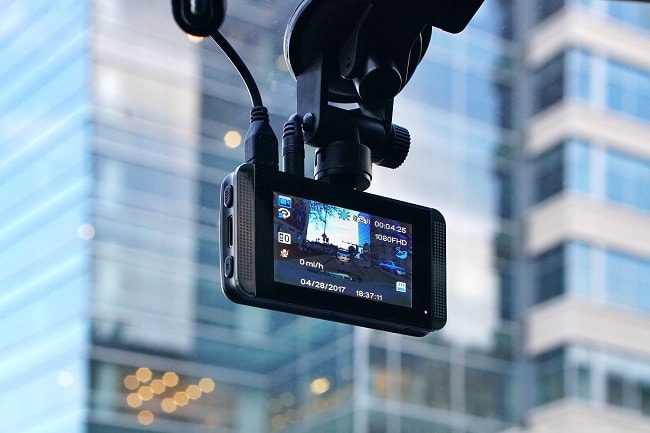
- Angle of view. The wider it is, the larger the scene that is captured by a camera. But an extremely wide angle of view will create distortions. A value of 100–130° is enough to ensure an optimal view.

- Number of lenses. Single lens dashboard cameras record only the road ahead. That is why it’s better to buy dash cams with sockets for auxiliary lenses, ideally three. Thus, you will be able to record events from all sides.
- Power source. Battery-powered dash cams are unsuitable for long trips. Buy a dashboard camera with a cigarette lighter adapter if you spend a lot of time in the car.
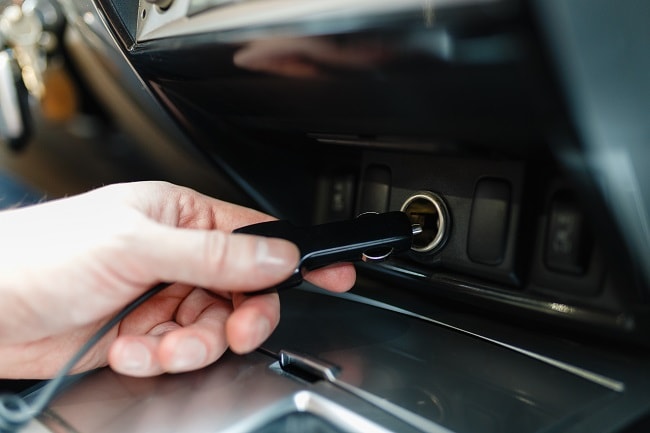
- Mount type. Dash cam brackets can be attached to the windscreen with a suction cup or double-sided adhesive tape. Suction cups are quite big, but they can be reapplied. Adhesive tape is single-use. A dash cam can be attached to the bracket with an affordable threaded joint or a more expensive and user-friendly magnet.
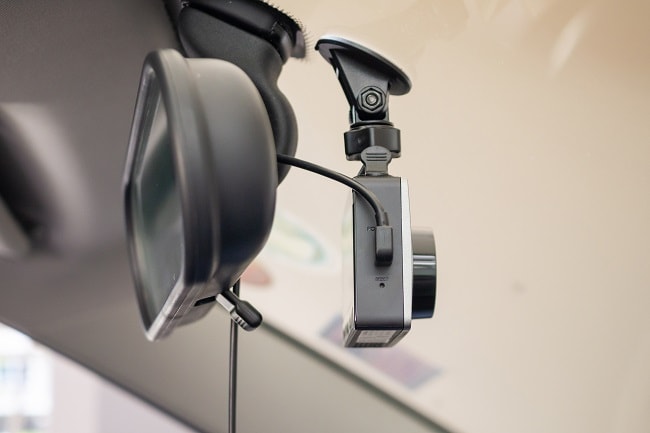
- Additional functions.
Conclusion
A dash cam is a handy accessory for your car. It helps solve many disputes which occur on the road and find a lawbreaker who damaged your parked car. With the aforementioned list of characteristics you will choose the best suitable dashboard camera at an affordable price and with appropriate features.


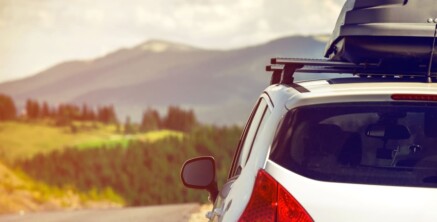
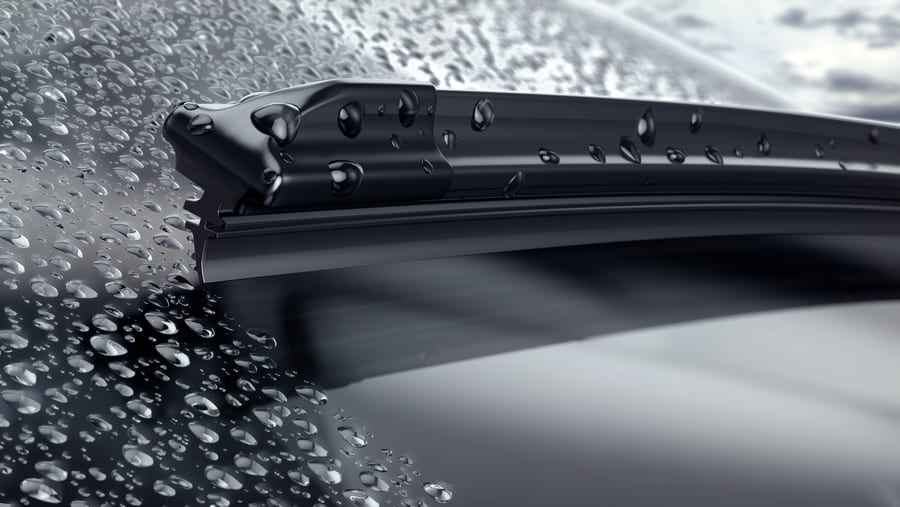


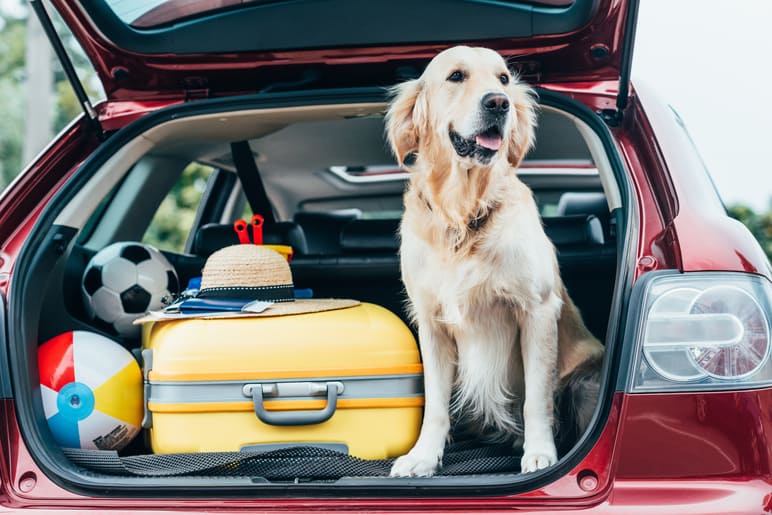
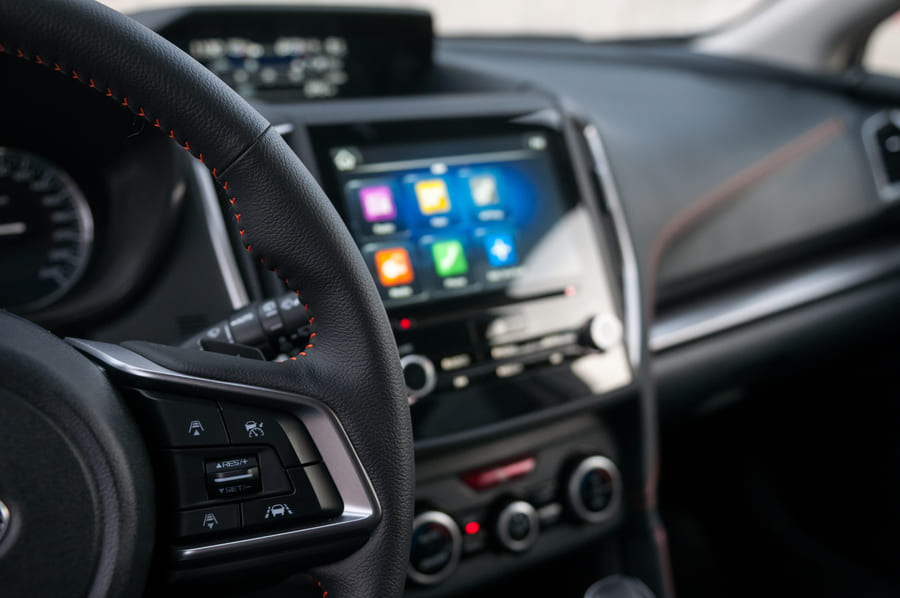
Comment